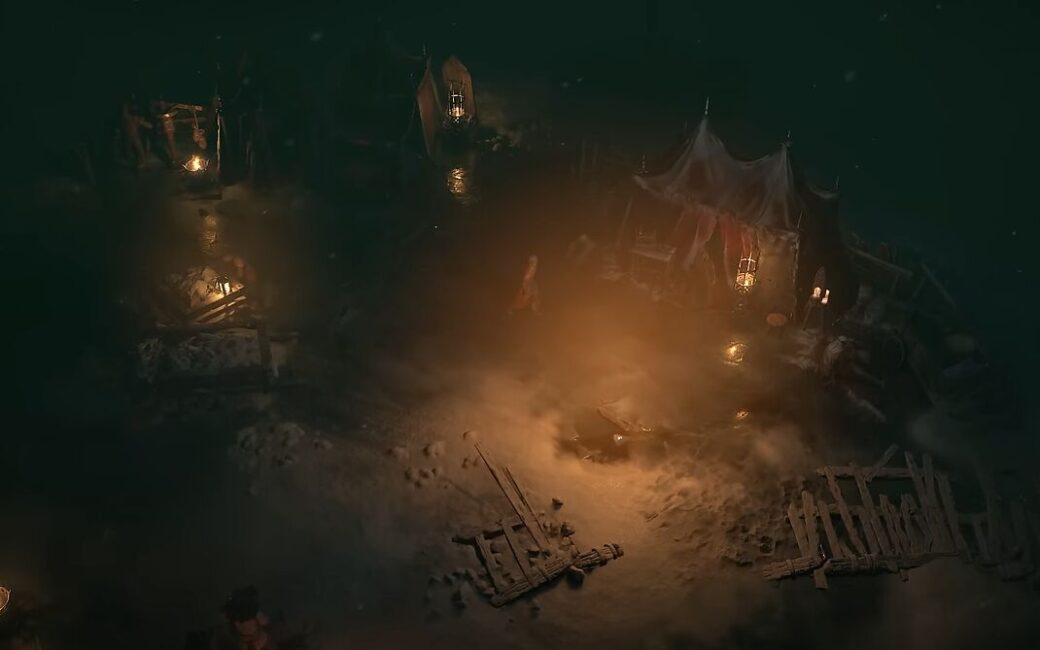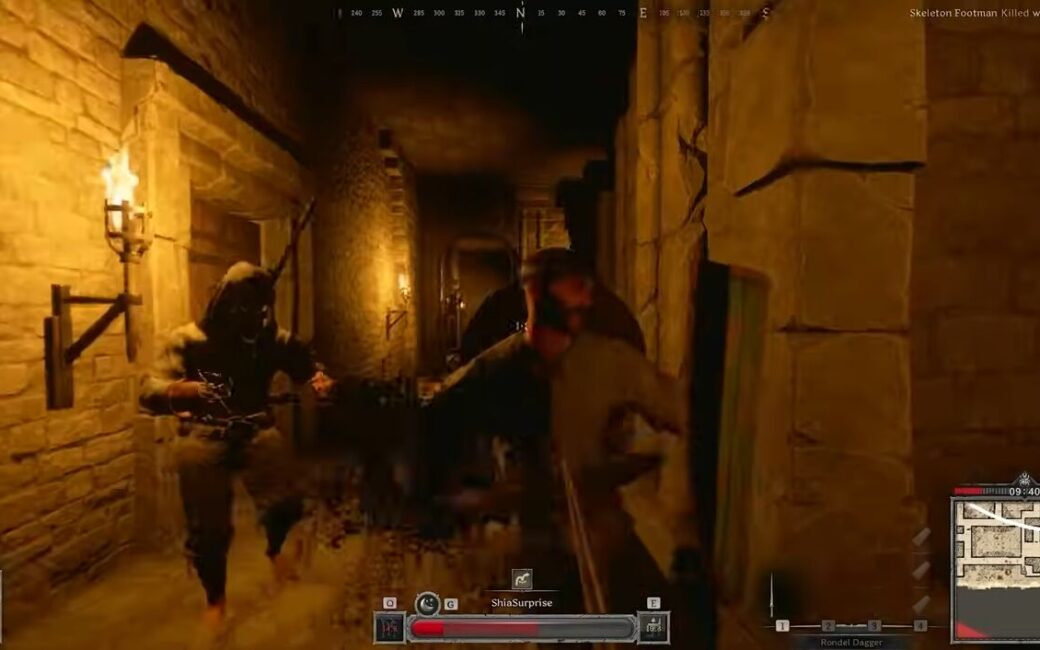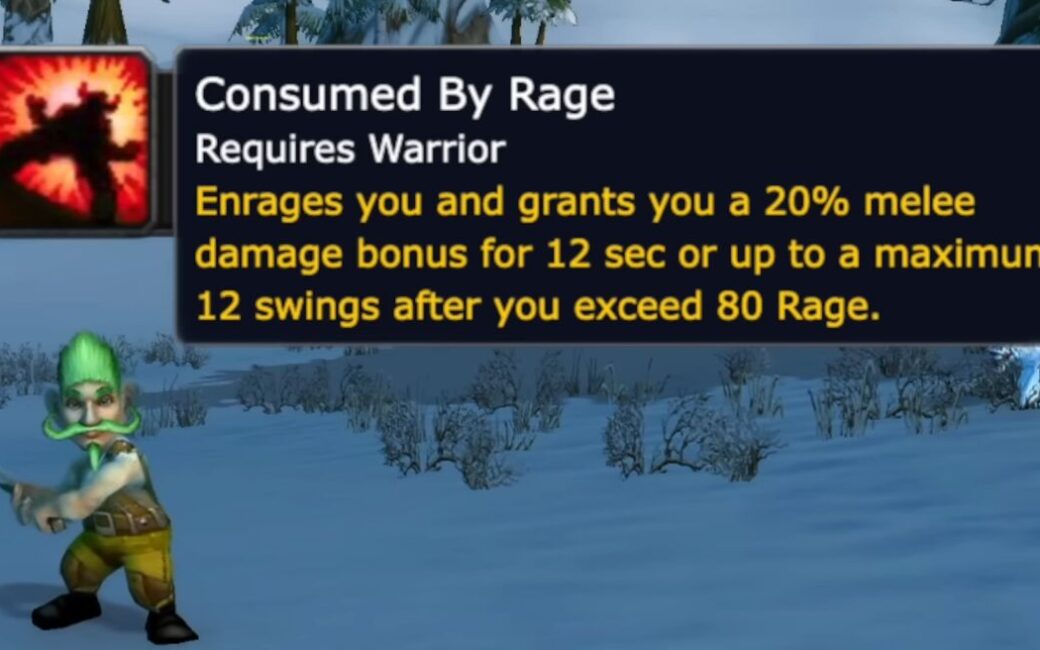In the treacherous waters of Skull and Bones, the endgame marks a pivotal moment for aspiring pirates. Having climbed the ranks and conquered challenges, players now find themselves at a crossroads, unsure of their next move. However, fear not, for with the right guidance and strategy, navigating the endgame can be as rewarding as plundering a merchant vessel.
Unlocking the Endgame:
As players reach the endgame, they ascend to the rank of Kingpin and complete pivotal quests from figures like Scurlock and Ras. These quests unlock access to new challenges and opportunities, setting the stage for what lies ahead.
Exploring the Smuggler’s Hideout:
Upon completing key quests, players gain entry to the Smuggler’s Hideout, a hub of information and intrigue. Here, they learn the intricacies of distilling rum and managing their burgeoning empire. The Smuggler’s Hideout serves as a central hub for planning and executing strategies in the endgame.
Mastering Hostile Takeovers:
A crucial aspect of the endgame is engaging in hostile takeovers, where players vie for control of lucrative territories. Whether through PvP or PvE events, seizing control of key locations is essential for expanding one’s influence and wealth. Strategic planning and swift execution are paramount in mastering hostile takeovers.
Maximizing Resource Acquisition:
To fuel their ambitions, players must amass a wealth of resources, including silver and Pieces of Eight. Utilizing the supply network and roving contracts, players can gather materials to fund their operations and secure their dominance. Efficient resource management is the key to sustained success in the endgame.
Upgrading the Empire:
With resources in hand, players can upgrade their empire, enhancing their capabilities and reaping greater rewards. From Smuggler’s Operations to Fleet Management, each upgrade offers unique benefits that bolster a player’s influence and standing in the pirate world.
Forging a Path to Victory:
In the endgame, every decision counts as players navigate the treacherous seas of Skull and Bones. By mastering hostile takeovers, maximizing resource acquisition, and upgrading their empire, players can carve out their path to victory and cement their legacy as legendary pirates.
Conclusion:
As players embark on their journey through the endgame, they must embrace the challenges and opportunities that lie ahead. With a keen eye for strategy and a thirst for adventure, they can conquer the seas and leave their mark on the world of Skull and Bones. So hoist the Jolly Roger and set sail, for the endgame awaits those bold enough to seize it. MMOexp has the best logistics for you, here are the cheapest Skull and Bones Items, go sailors!




